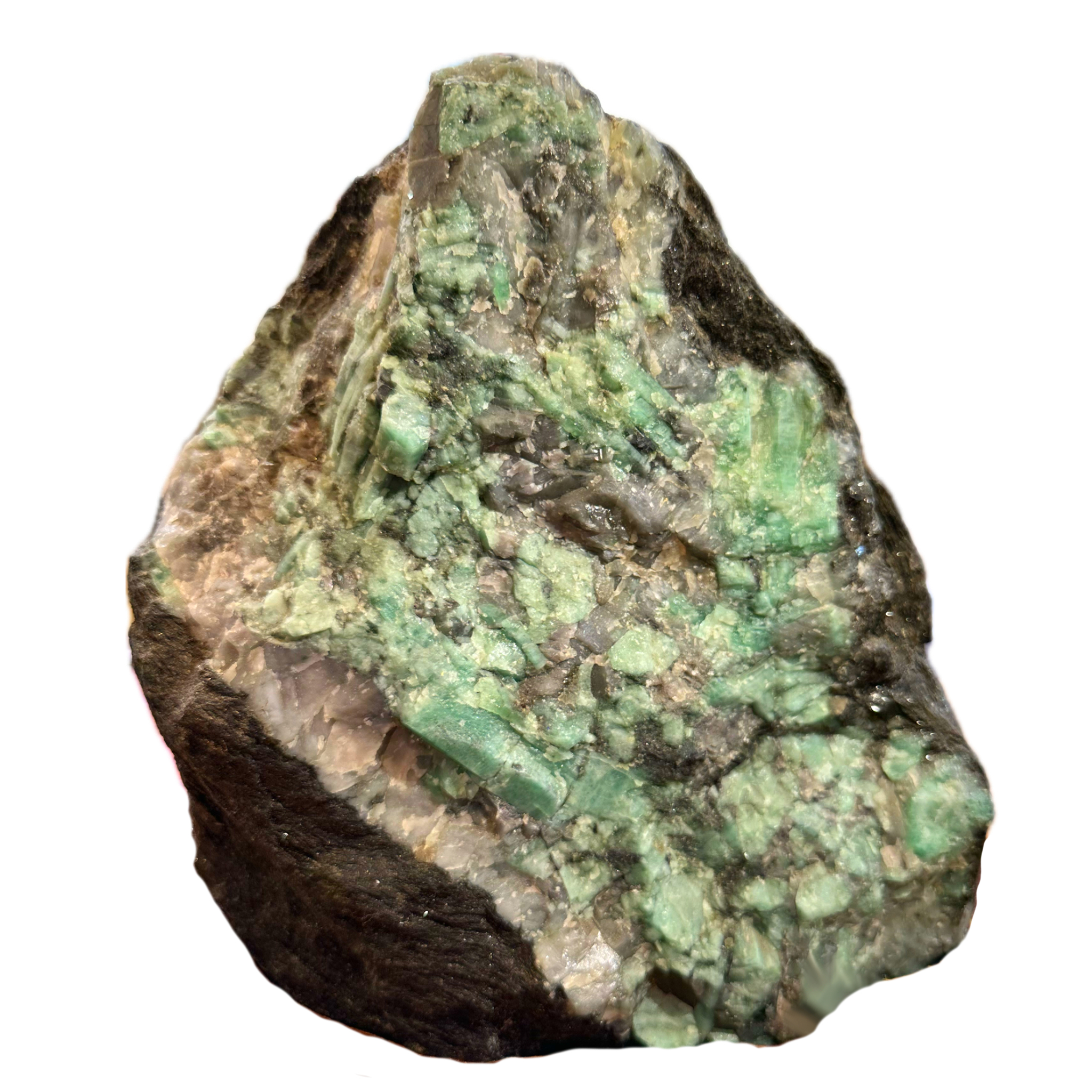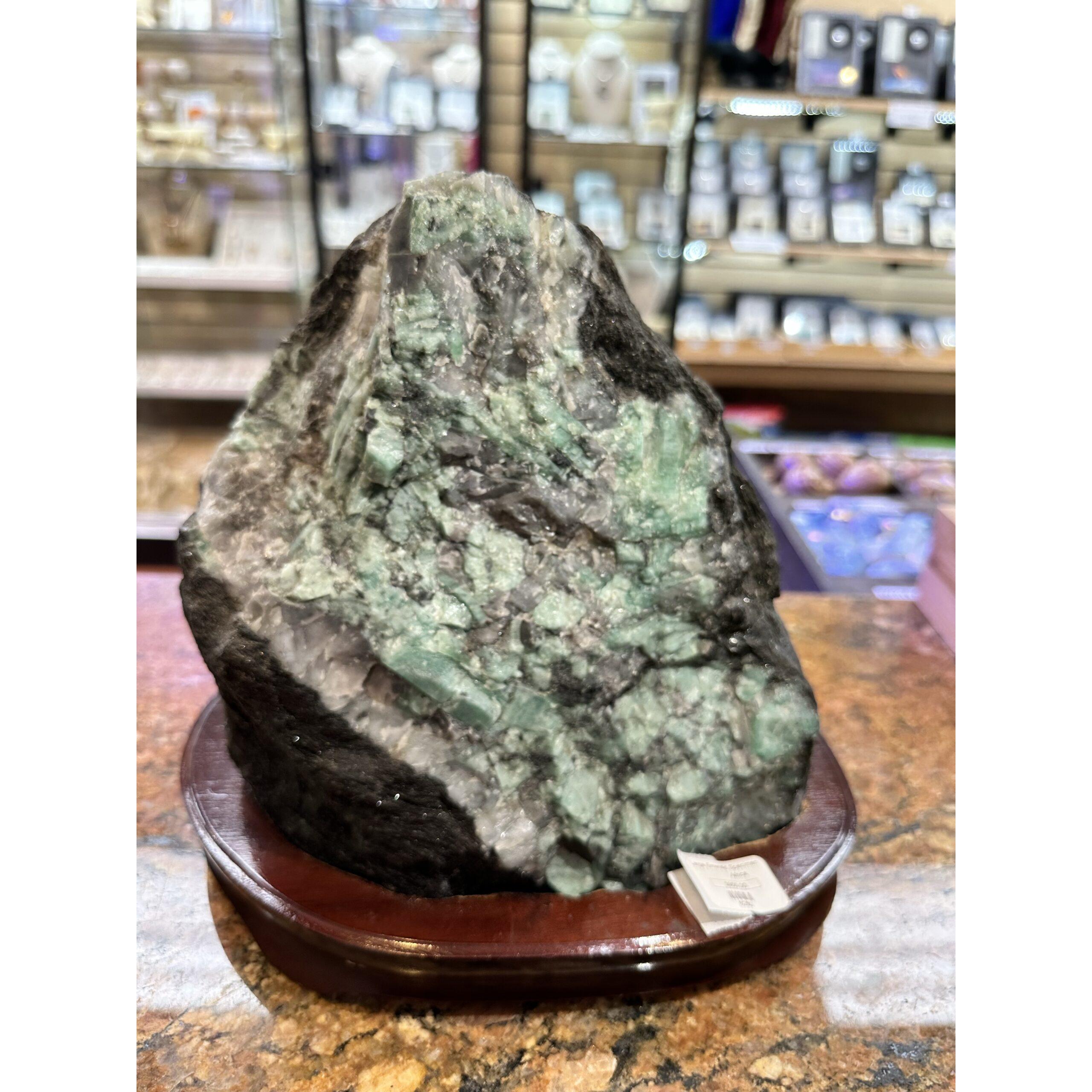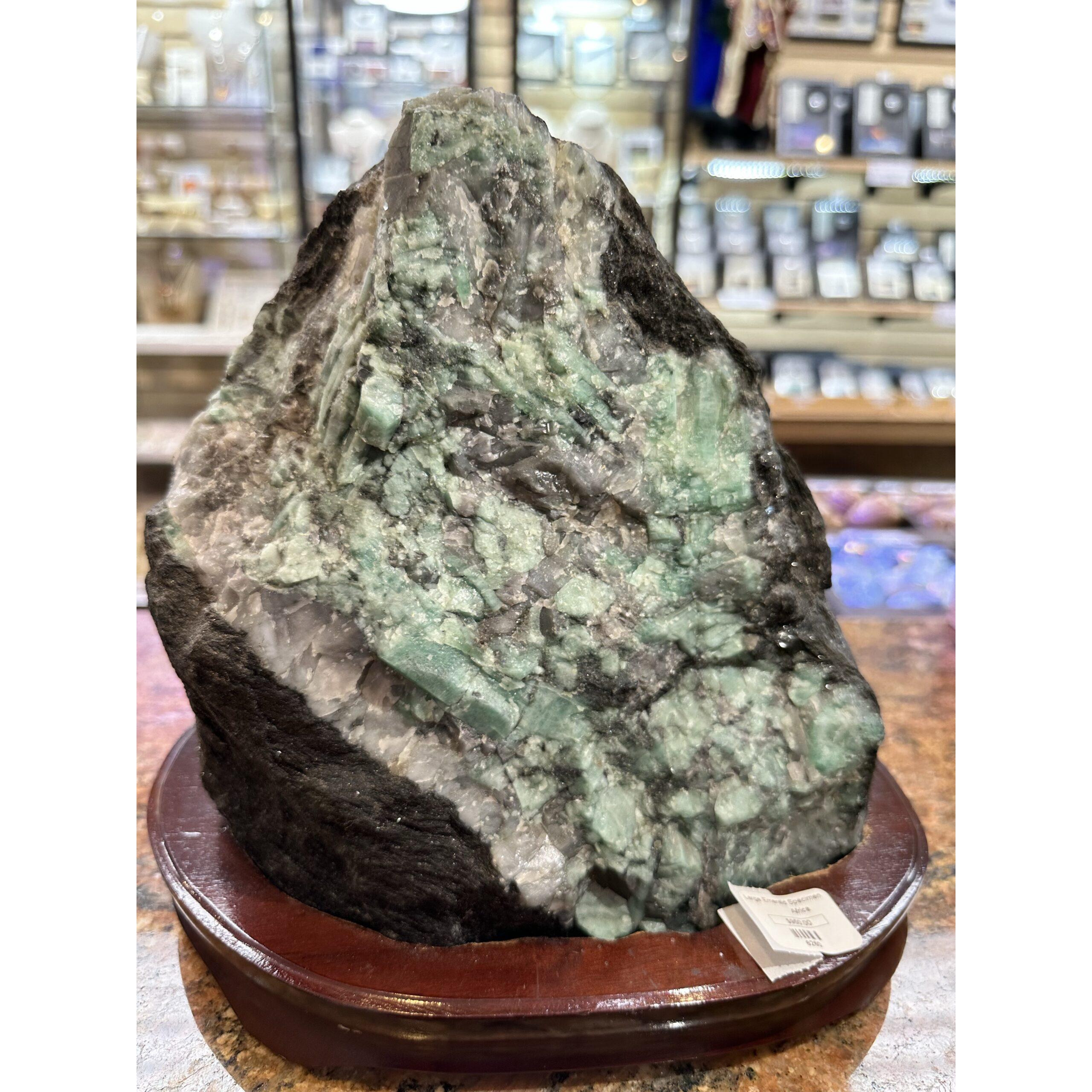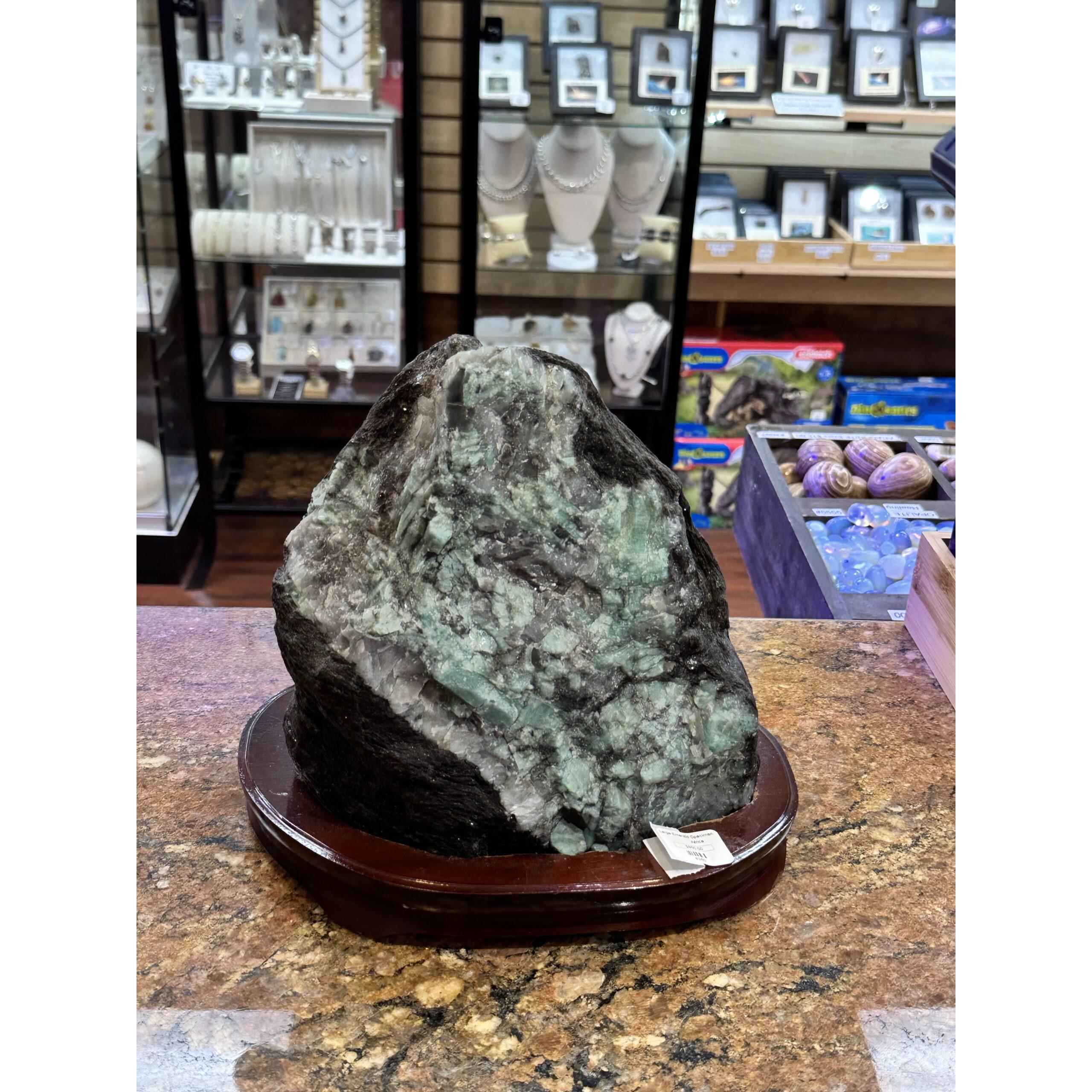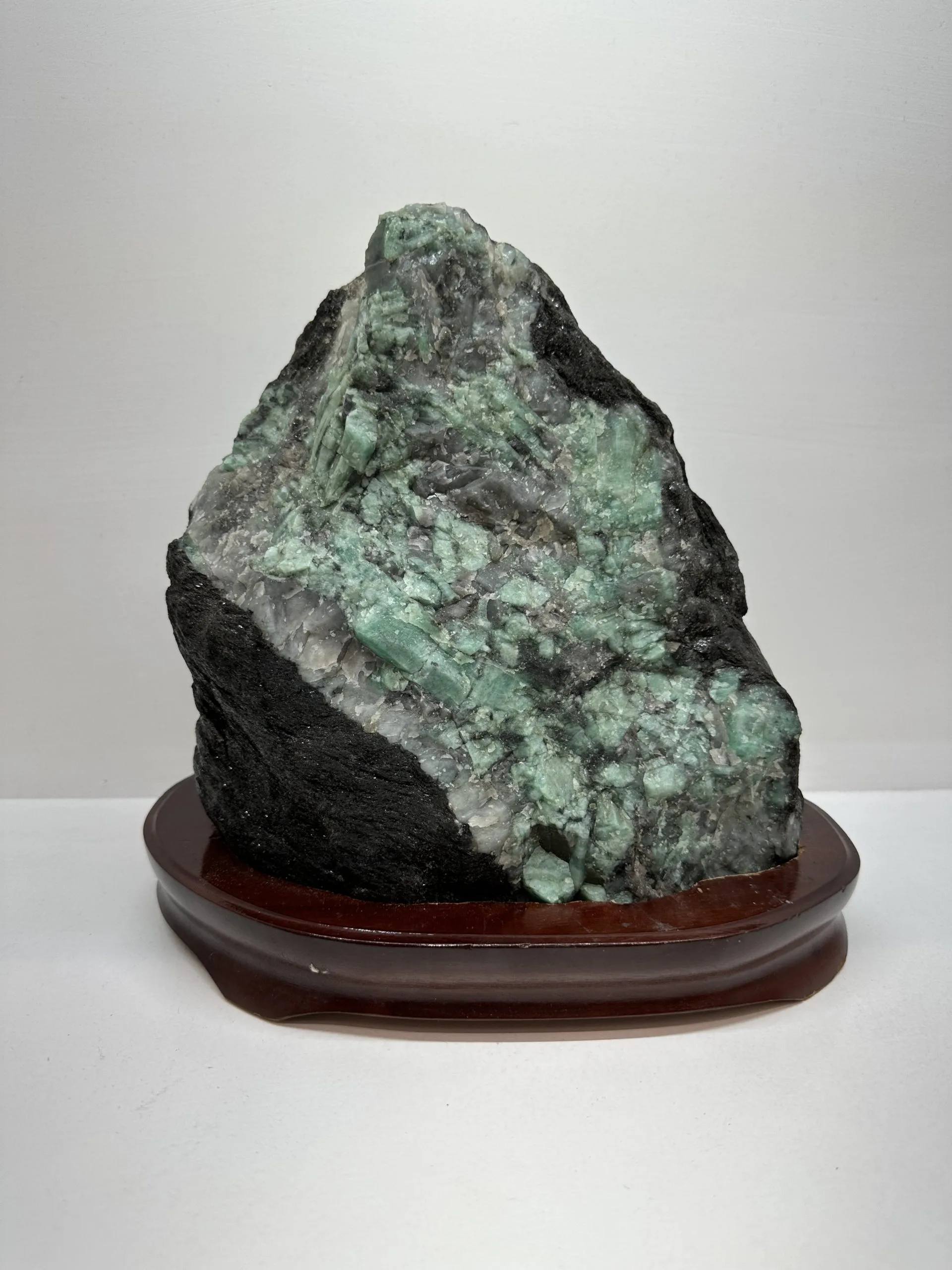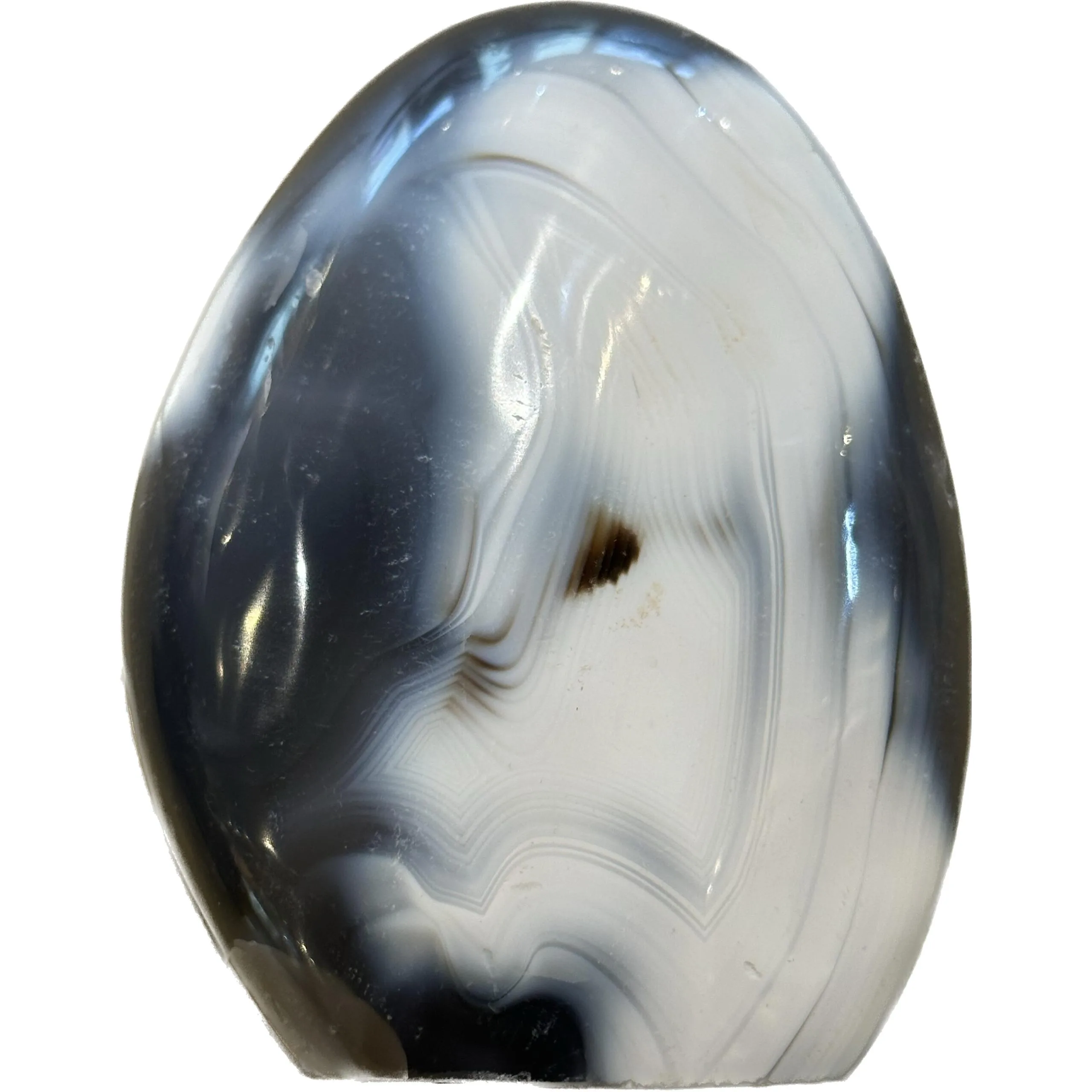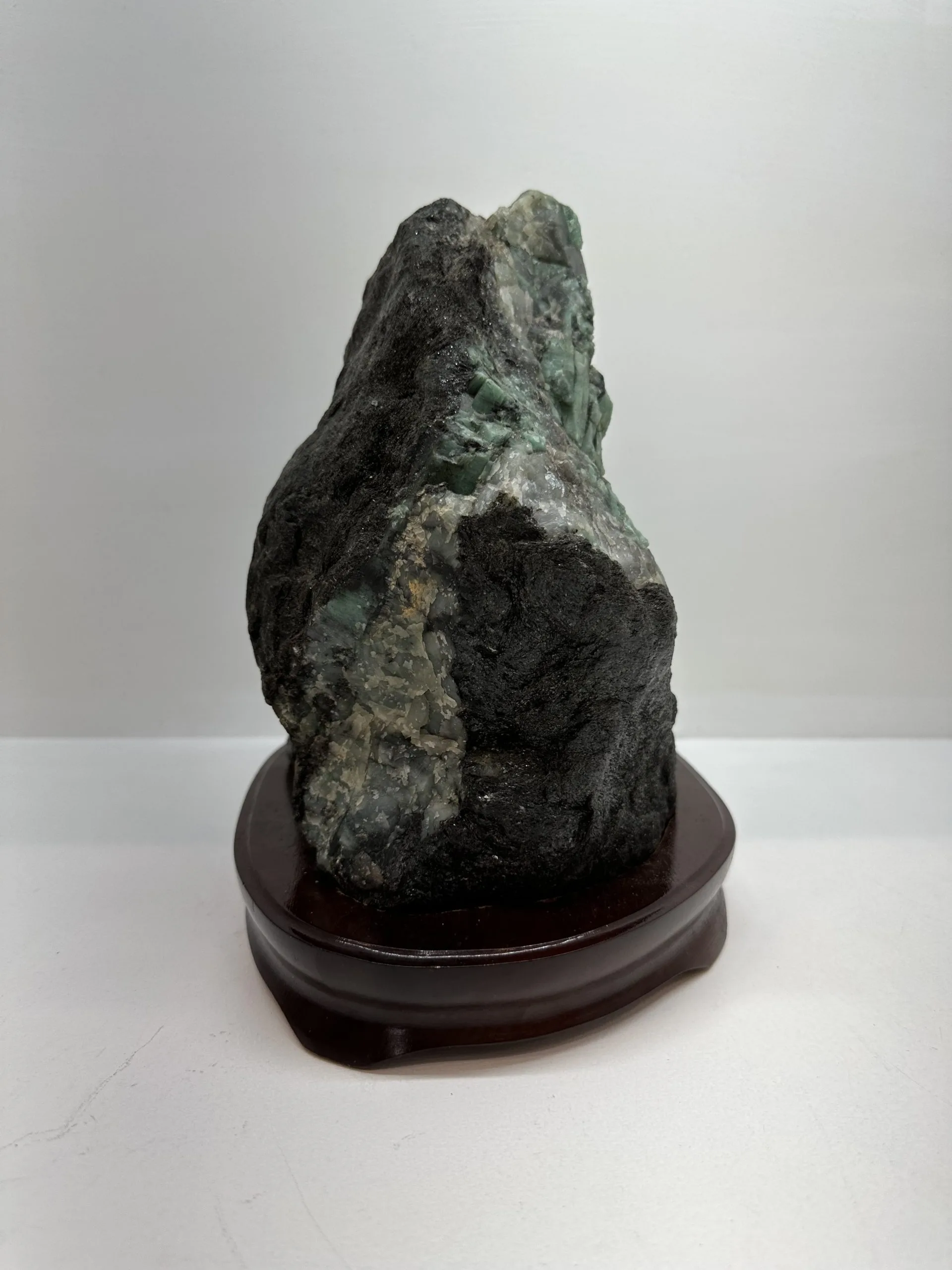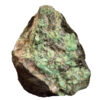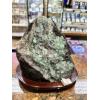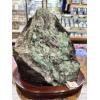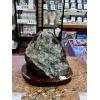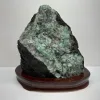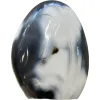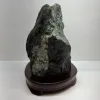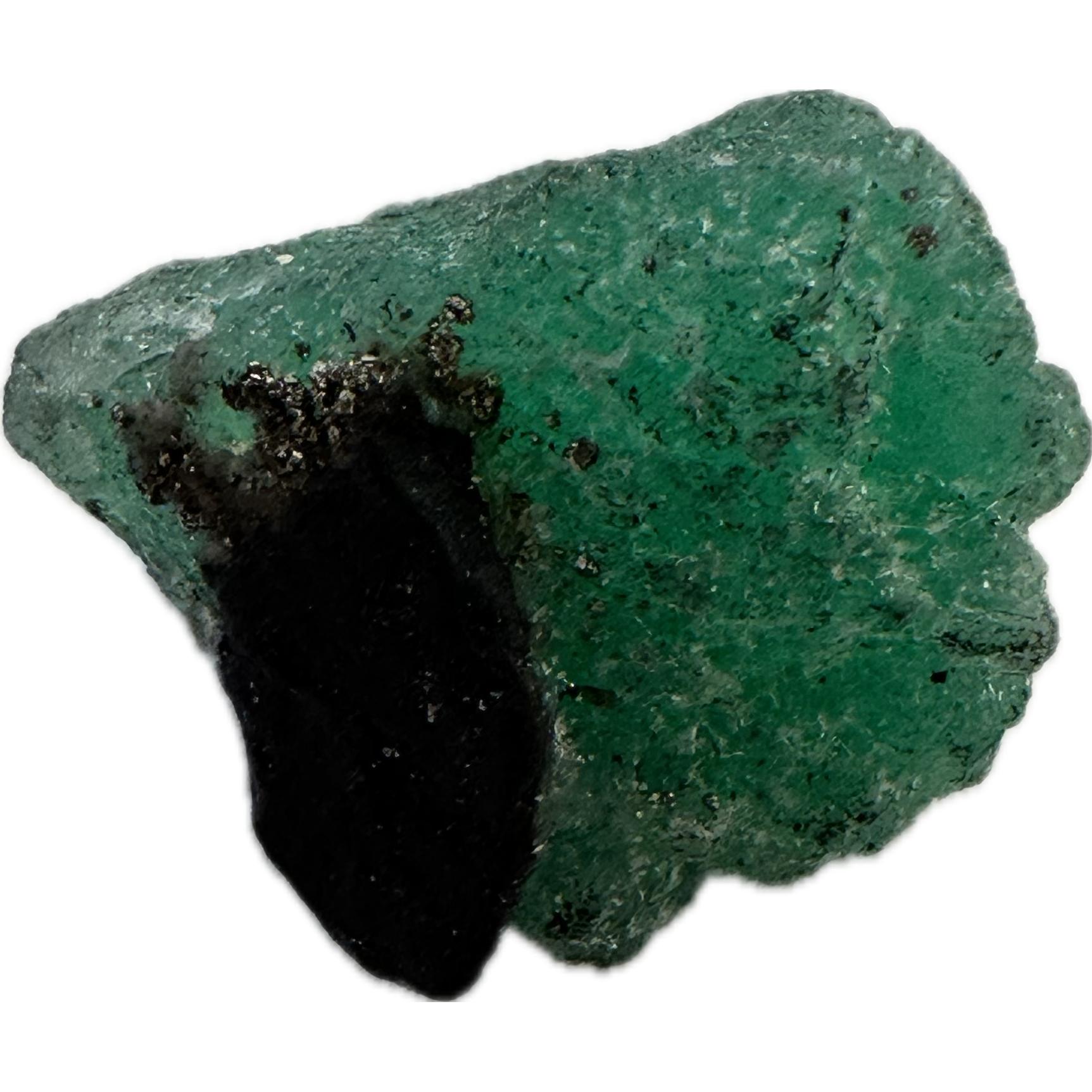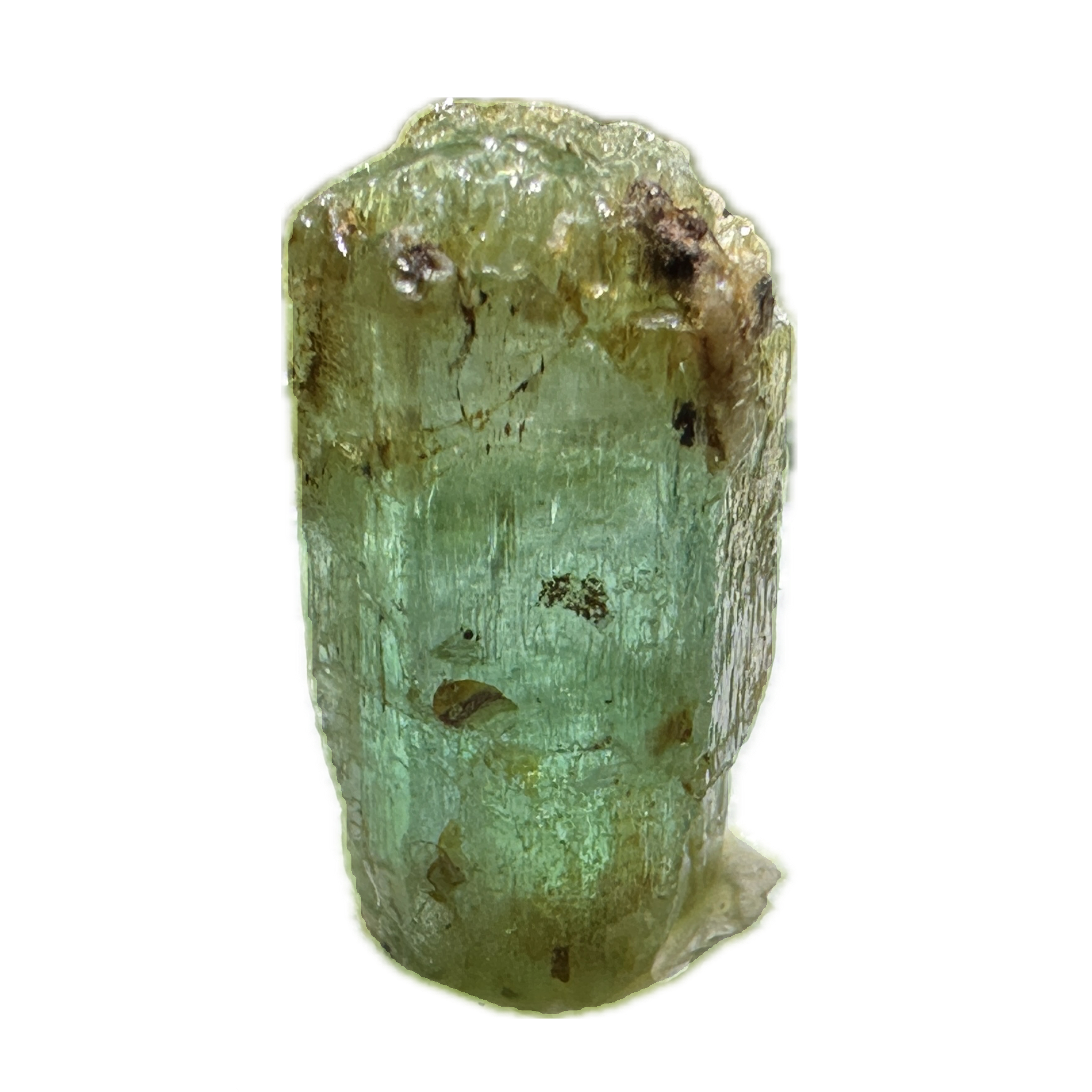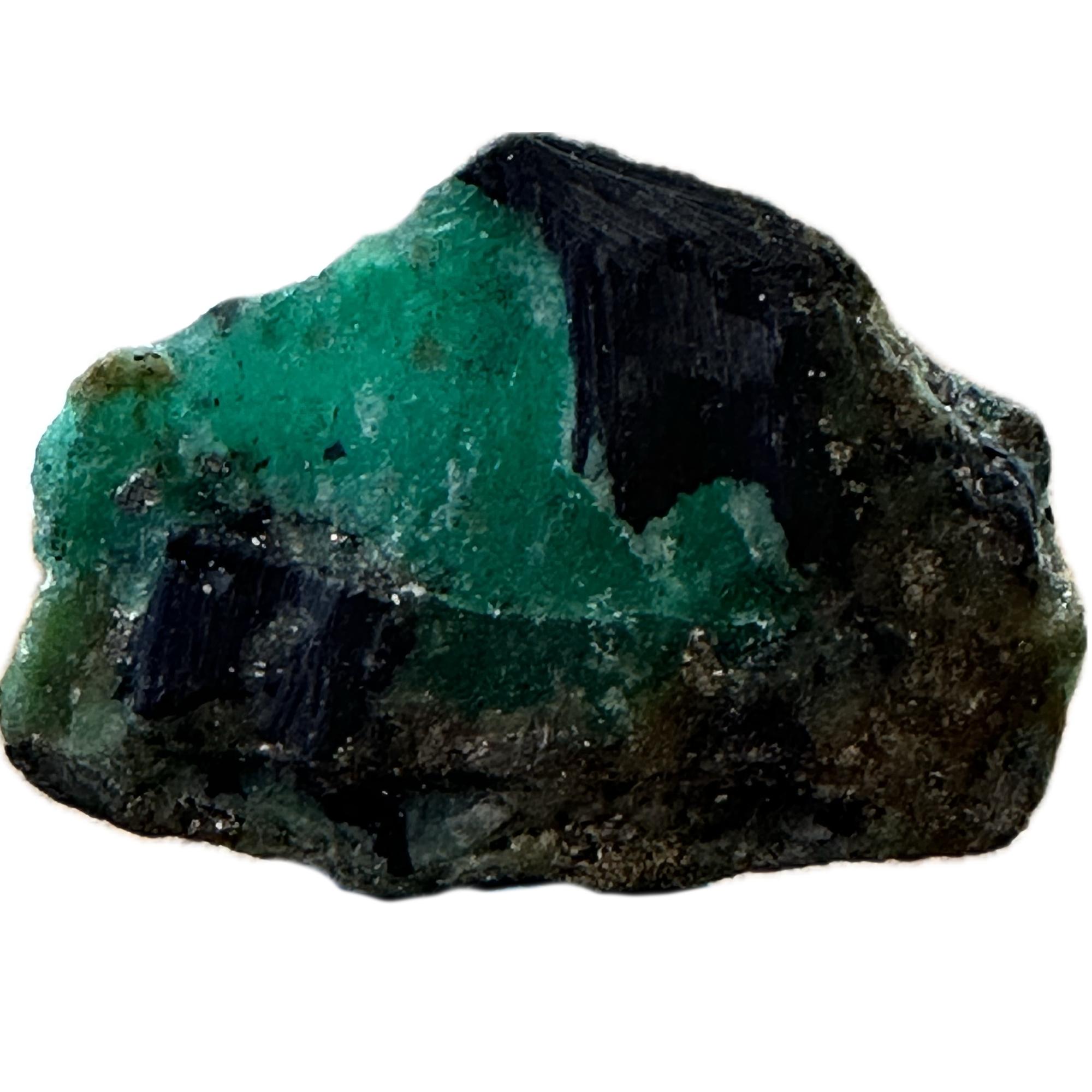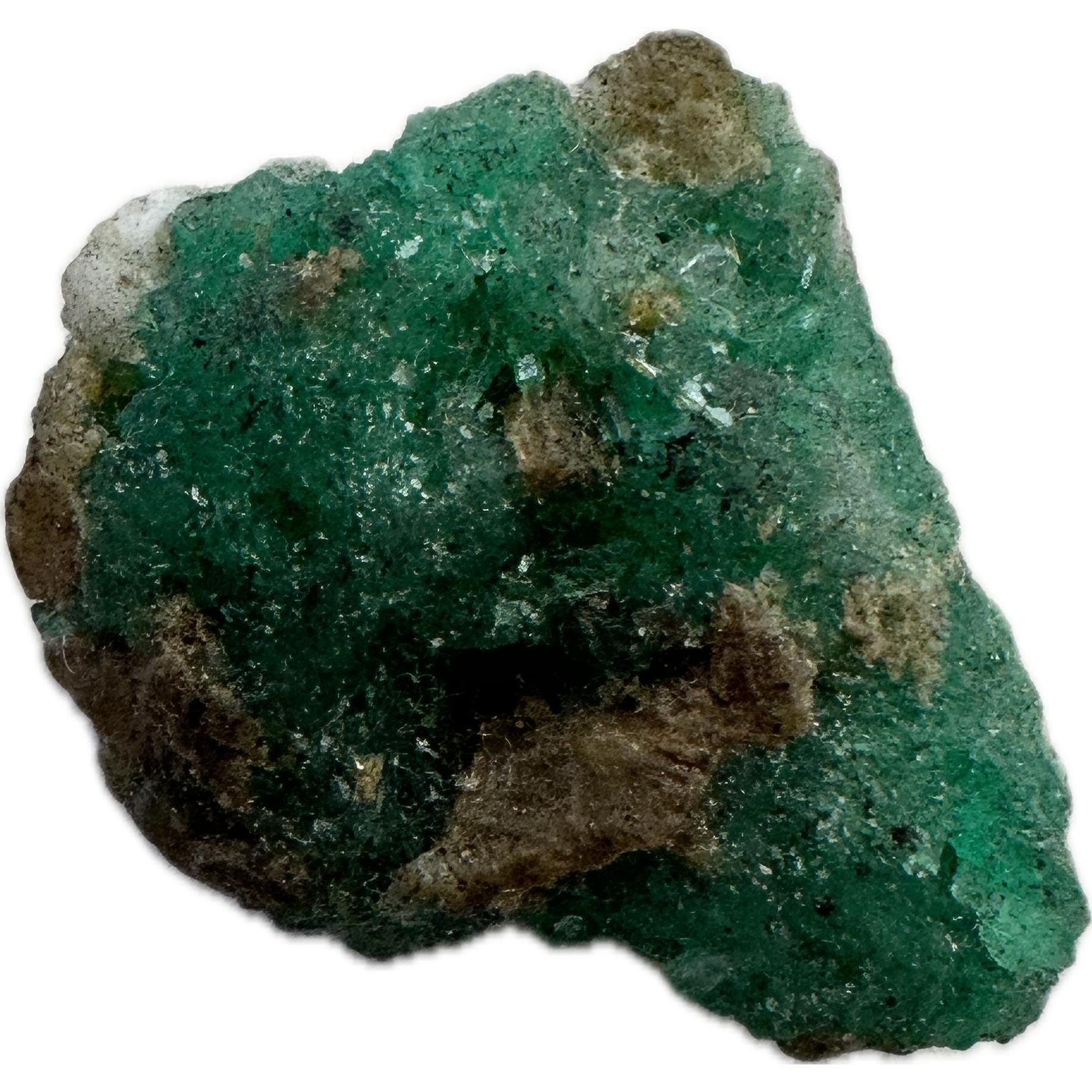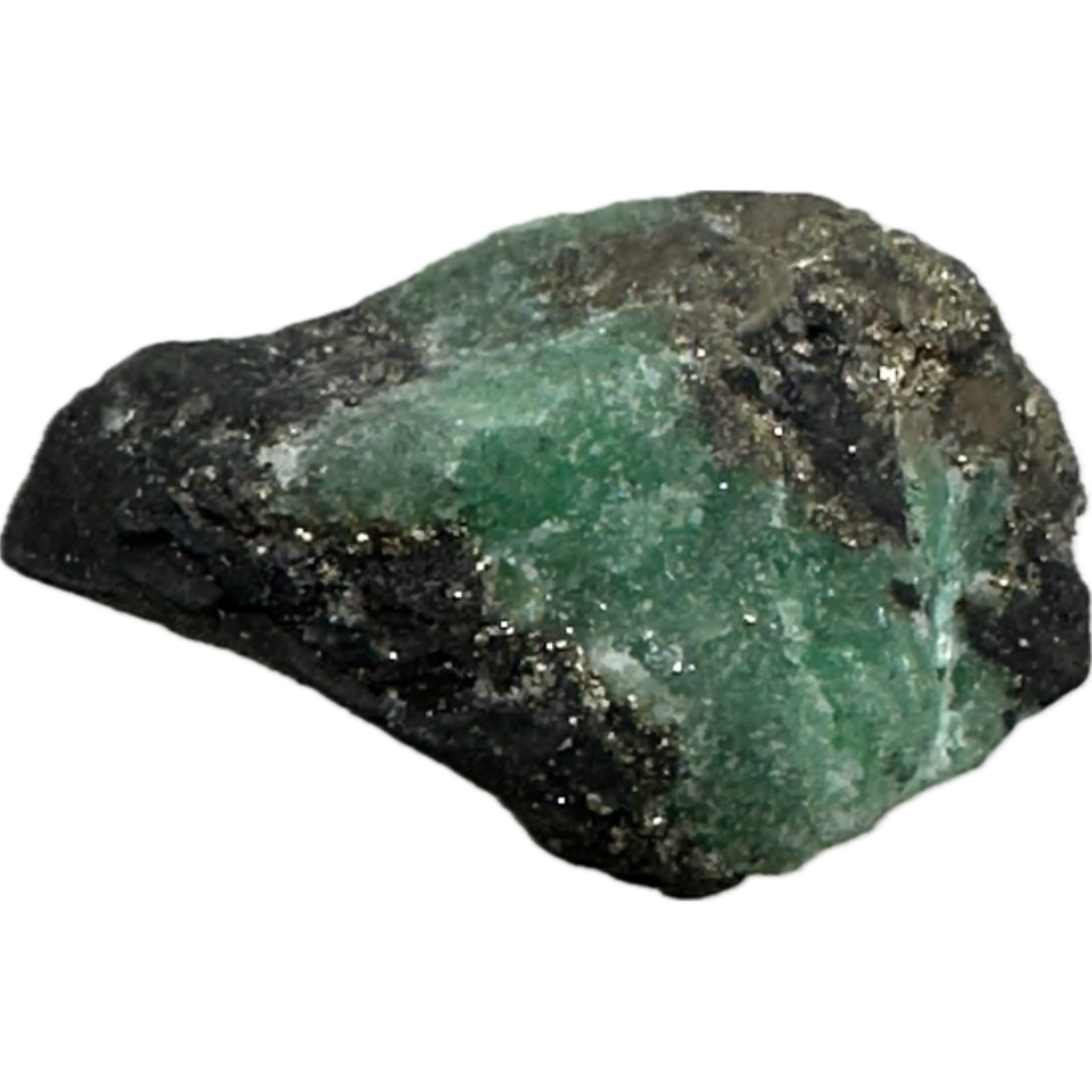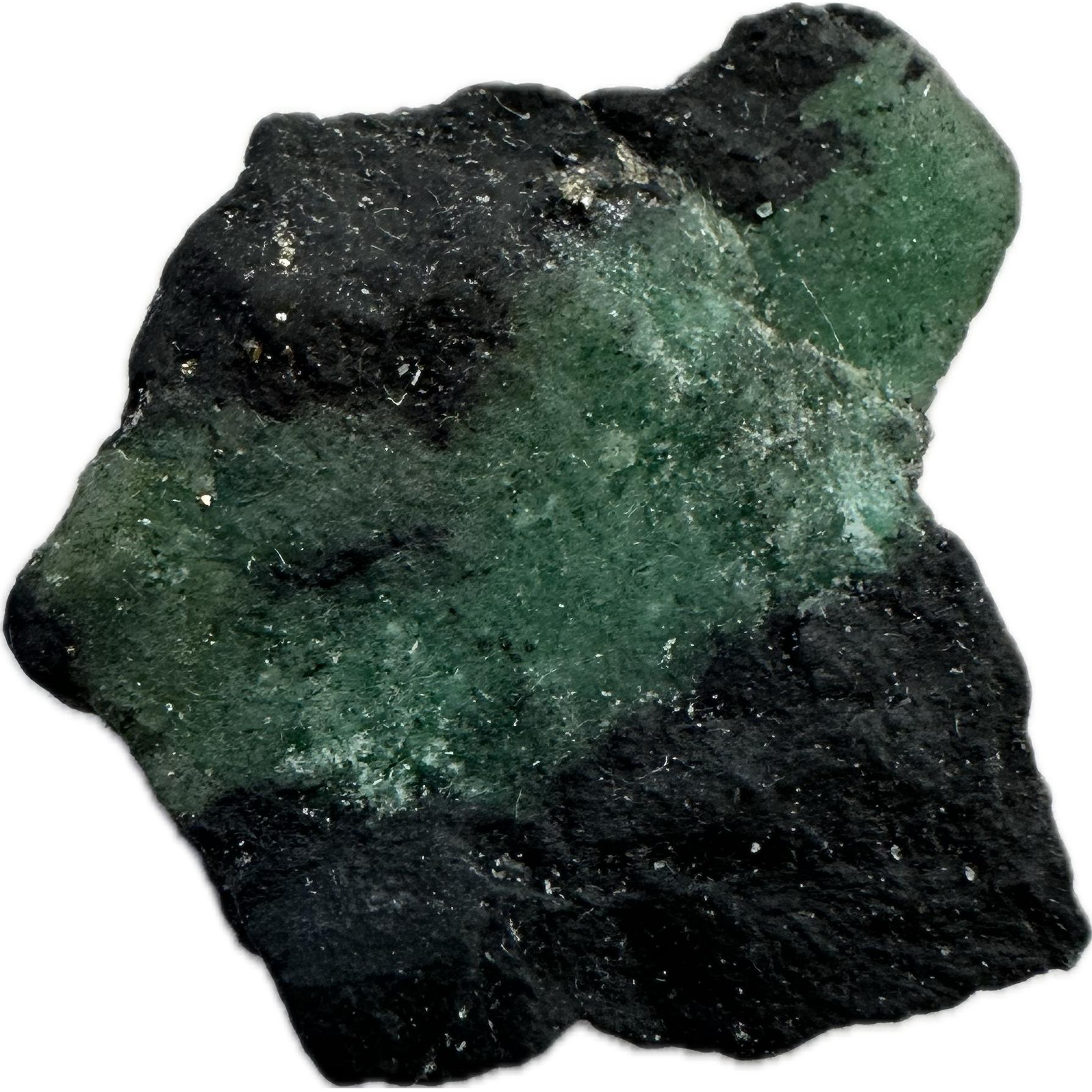Emeralds, with their captivating green hue, have fascinated civilizations for millennia. This gemstone, a variety of the mineral beryl, owes its color to trace elements like chromium, vanadium, or iron. Understanding emeralds involves delving into their formation, history, significance, and the legendary Muzo Mines in Colombia. Emeralds form under specific conditions, primarily in hydrothermal veins. These veins result from hot, mineral-rich fluids moving through cracks in rocks and depositing minerals as they cool. The presence of chromium, vanadium, or iron in these fluids, along with the right pressure and temperature, leads to the formation of emerald crystals. Emeralds are highly sought after in the jewelry market for their stunning beauty and rarity. Colombia is known for producing some of the finest emeralds, prized for their rich green color and exceptional clarity. However, emeralds are also found in other countries such as Zambia, Brazil, and Afghanistan, each with its unique characteristics and market appeal.

Emeralds are part of the beryl mineral family, composed of beryllium aluminum cyclosilicate. What distinguishes emeralds from other beryls is their rich green color. The intensity and hue of green vary based on the amount and type of trace elements present in the crystal lattice. Emeralds boast a rich historical significance, dating back over 4,000 years. Ancient civilizations, including the Egyptians and Romans, revered emeralds for their perceived mystical properties. In Egyptian culture, emeralds symbolized fertility and rebirth, while Romans associated them with Venus, the goddess of love and beauty. Cleopatra, renowned for her love of luxurious gems, was said to have adorned herself with emeralds. Throughout history, emeralds have been cherished as symbols of prosperity, vitality, and royalty, worn by nobility and clergy alike.
The Muzo Mines in Colombia are legendary for their production of high-quality emeralds. Situated in the Andes Mountains, the region’s rugged terrain poses challenges for miners. Accessing the emerald-bearing veins requires navigating steep cliffs and challenging conditions. Mining at Muzo is a labor-intensive process. Miners use hand tools to extract the emerald-bearing rock, which is then crushed and sorted to extract the gemstones. The rough emeralds are carefully inspected and graded based on color, clarity, and size.
Modern emerald mining faces challenges, including environmental concerns and social issues. Mining operations can lead to deforestation, soil erosion, and water pollution. Efforts are being made to improve sustainability through responsible mining practices. These practices include reforestation, water management, and community engagement. By minimizing the environmental and social impact of mining, the industry aims to ensure the longevity of emerald production at Muzo.
It’s important to note that many emeralds undergo treatment to improve their clarity and color. This treatment typically involves the use of oils or resins to fill surface-reaching fractures and enhance the stone’s appearance. While this practice is common and accepted in the industry, it’s essential for consumers to be aware of any treatments applied to the emeralds they purchase. Several famous emeralds have captured the world’s attention. One notable example is the “Chalk Emerald,” a 37.82-carat emerald set in a ring with diamonds. Another is the “Duke of Devonshire Emerald,” a 1,383-carat uncut emerald crystal displayed at the Natural History Museum in London. Emeralds have also been featured in many famous jewelry pieces throughout history. One notable example is the Emerald Tiara of the Duchess of Angoulême, made in the 19th century and featuring a large emerald surrounded by diamonds. Another famous piece is the Rockefeller Emerald, a 18.04-carat emerald ring owned by the Rockefeller family.
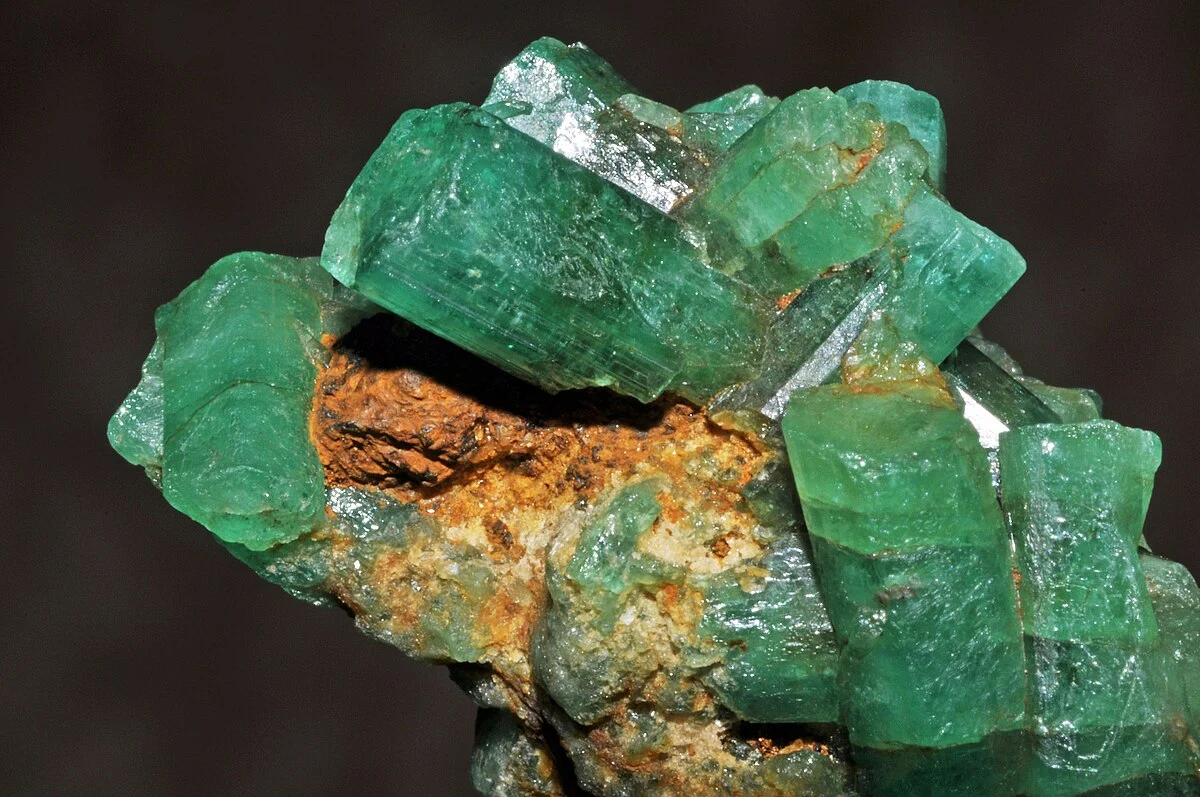
The demand for emeralds continues to grow, driven by factors such as increasing disposable income and a growing appreciation for colored gemstones. This demand has led to efforts to expand emerald mining operations and improve production techniques to meet market needs. The quality of an emerald is determined by factors such as color, clarity, cut, and carat weight. The Gemological Institute of America (GIA) grades emeralds based on these factors, with stones receiving a grade ranging from “AAA” for the highest quality to “B” for lower quality stones.
As technology advances, the future of emerald mining looks promising. Techniques such as remote sensing and drone technology are being used to explore and map potential emerald deposits, making mining operations more efficient and sustainable. Additionally, efforts are being made to improve the environmental and social impact of mining through responsible practices and community engagement.
Prehistoric 101 (Learn about fossils, minerals, and meteorites)
Emeralds, The Loyal Mineral
What is an Emerald

